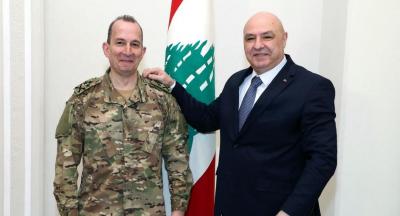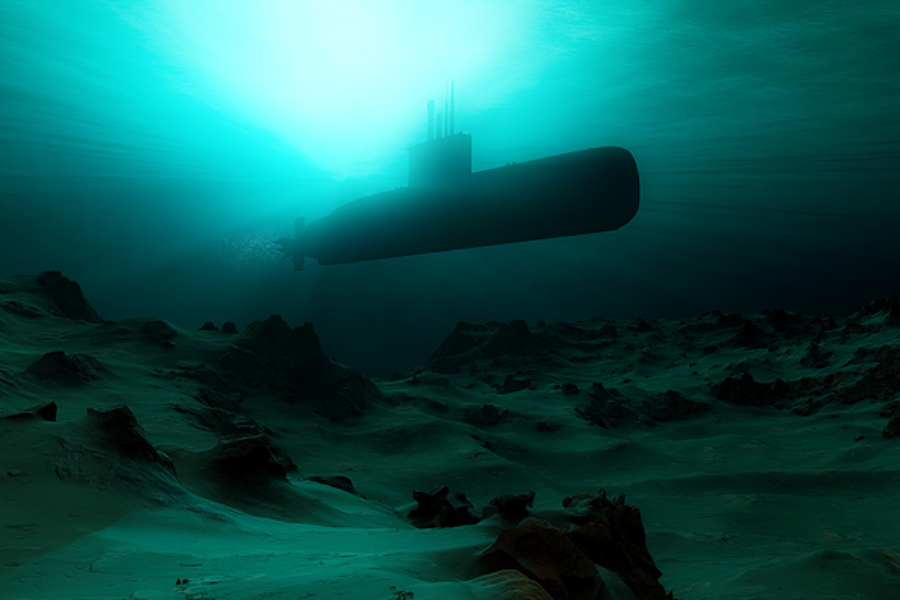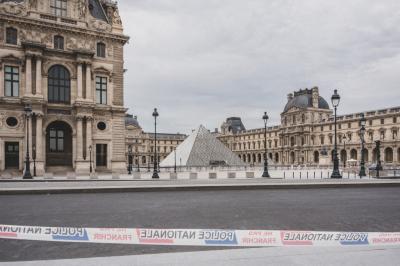In the summer of 1974, deep beneath the dark, unreachable depths of the Pacific Ocean, the United States carried out one of the boldest and most bizarre espionage missions of the Cold War. It was a high-stakes operation that combined cutting-edge technology, cloak-and-dagger secrecy, and the eccentric brilliance of a reclusive billionaire.
The mission—codenamed Project Azorian—was a top-secret endeavor by the CIA in collaboration with American tycoon Howard Hughes, one of the most enigmatic and talked-about figures of his time. Their objective? To lift a sunken Soviet nuclear submarine from the ocean floor—without anyone, especially the Soviets, knowing.
The story began in March 1968, when the K-129, a Soviet Golf-class nuclear submarine, mysteriously sank about 2,500 kilometers northwest of Hawaii. The reasons for the disaster remain unknown, though the vessel was likely on an intelligence-gathering mission. Despite more than a dozen attempts, the Soviets failed to locate the wreck.
Unbeknownst to them, U.S. surveillance systems had pinpointed the sub’s resting place. What followed was a secretive plan to recover it, under the guise of oceanic mining.
To deceive not only the Soviets but also the world’s intelligence community, the CIA enlisted Hughes to build a massive recovery vessel: the Glomar Explorer. Publicly, it was said to be designed to mine rare minerals from the seabed. In truth, the ship was equipped with a colossal mechanical claw and a complex lifting system capable of reaching 5,000 meters beneath the surface.
In the summer of 1974, the operation got underway. After weeks of delicate maneuvering, the team began hoisting the wreckage—but midway through the lift, the submarine broke apart, and the aft section plunged back into the abyss. Still, the Americans managed to retrieve the forward section, believed to contain crew remains, outdated communication gear, and parts of the sub’s weapons systems.
While the haul offered limited intelligence value, the operation was hailed as a technical and espionage triumph. For years, the entire mission remained classified.
Eventually, American media caught wind of the story and launched investigations. Pressed for comment, the CIA responded with a phrase that would become iconic in intelligence history:
"We can neither confirm nor deny the existence of such a project."
This elusive phrase—soon dubbed the "Glomar Response"—has since become standard protocol for intelligence agencies when dealing with sensitive questions.
Project Azorian was more than just a technical feat. It epitomized the ingenuity and audacity of Cold War espionage—a conflict fought not only in the skies and on battlefields, but also in the ocean’s darkest depths and the minds of those who dared to dream the impossible.
Please post your comments on:
[email protected]
 Politics
Politics












